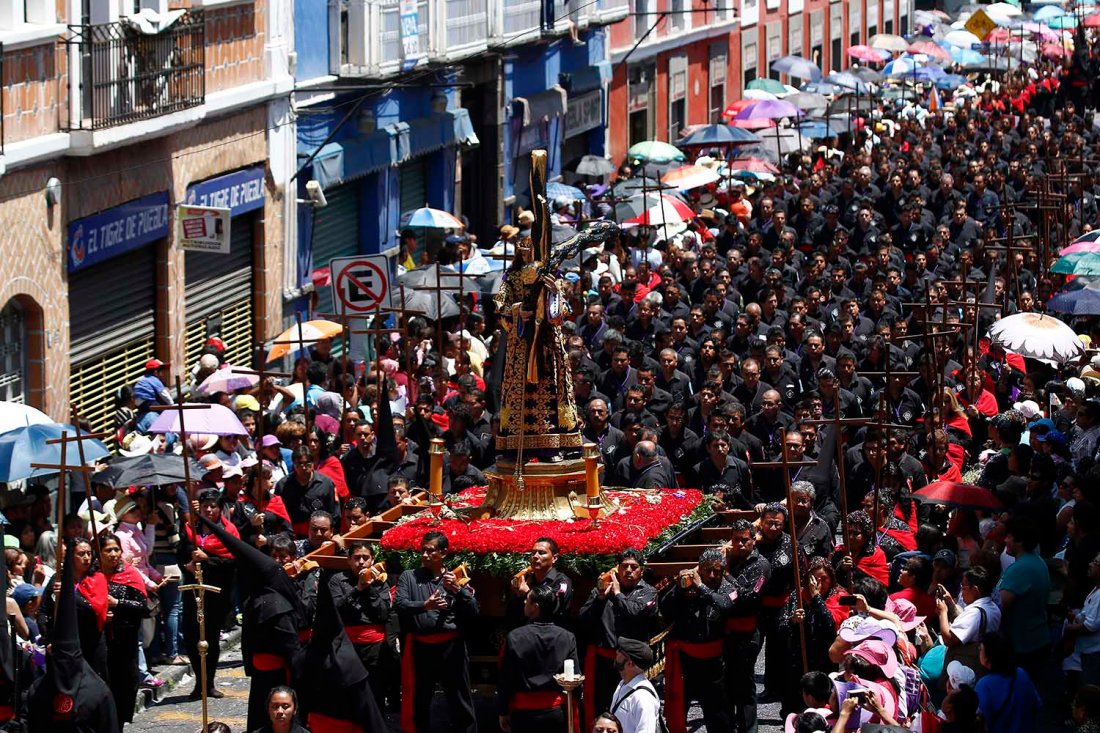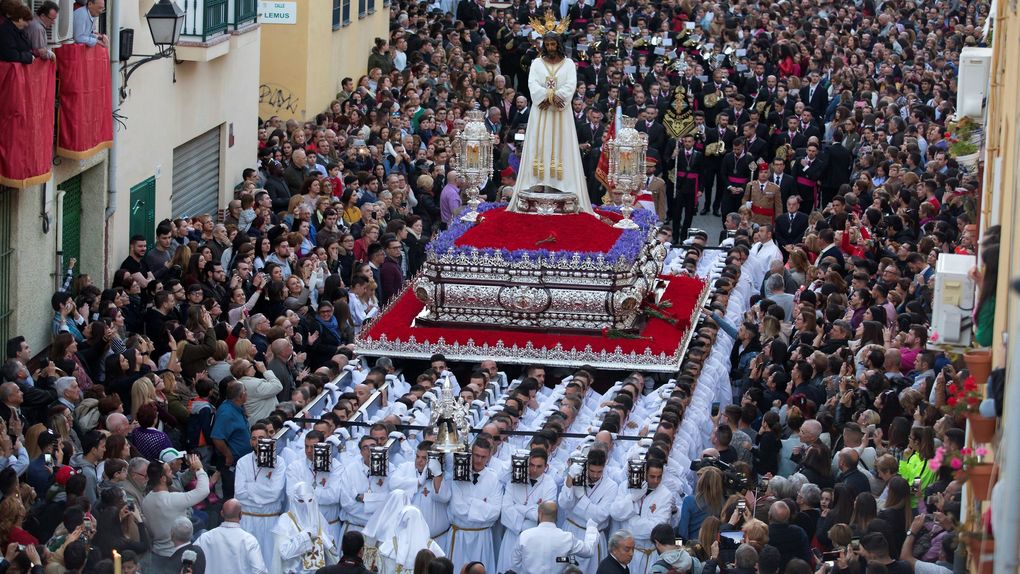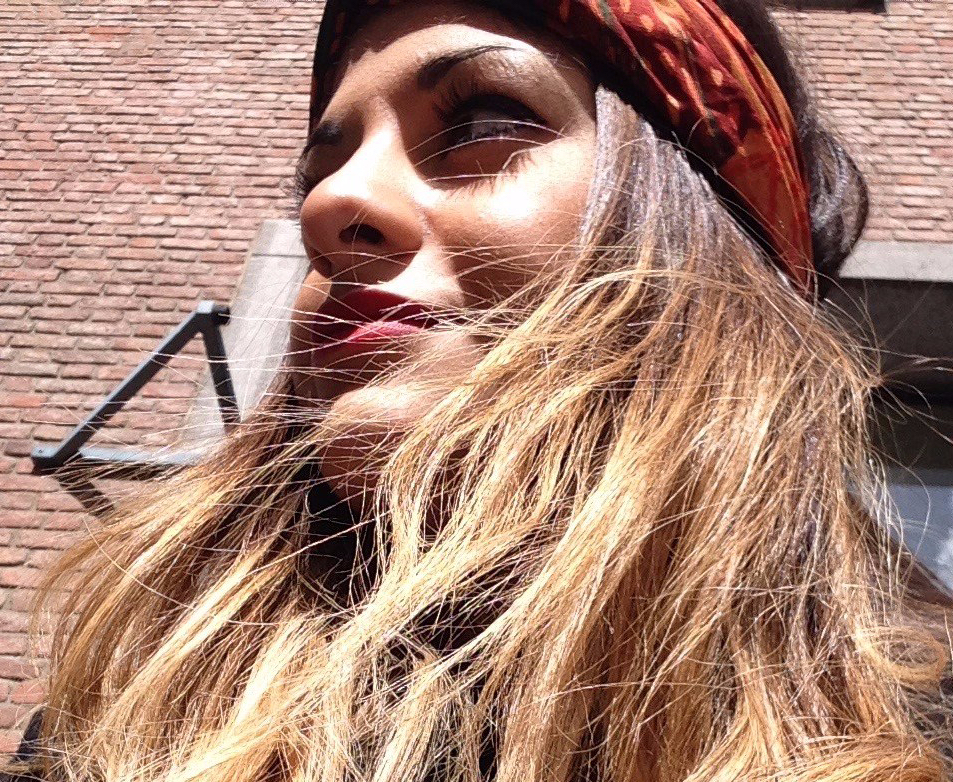Semana Santa in Málaga from Sunday 14th April until Sunday 21st April
What is Semana Santa? Semana Santa is the name used in Spanish-speaking countries for Holy Week, the week before Easter, which is celebrated here notable. In some other Catholic countries this week many religious images are covered with purple cloths, the bells remain silent and the organ remains untouched. In Spain, processions set out to show the suffering of Christ and Mary in the streets in a baroque design and with a grand display. Characteristic are the large sculpture groups that are carried around on gold-plated platforms, in Spanish they call it ‘pasos’. Each they there is an other procession and every procession has a paso with a scene from the suffering of Christ and a paso with a sad Mary. These processions are essentially fines. There are penitents who wear clothing with pointed masks to ensure anonymity. These costumes were later also used by the American Ku Klux Klan, as a result of which the image of the Spanish penitent was given a negative connotation by some in the West.


Semana Santa in Spain? In Spain, the Semana Santa is accompanied by many traditions, and especially those in Andalusia enjoy great fame. A good example is the celebration of the Semana Santa in Seville, but similar ceremonies are also taking place outside of Seville, especially in Huelva, Cadiz, Málaga, Córdoba, Granada, Jaén and Almería. In addition, many villages and smaller towns have their own traditions, often with their own specificities. The processions in Málaga are distinguished by their different pasos, called Tronos, which are much larger than elsewhere and must be worn by one hundred and fifty Hombres del trono.
Semana Santa in Málaga? Together with Seville, the city is known for having many processions during Semana Santa. In Malaga they are also generally quite large. A special week with incense, ringing bells, often melancholic music and a lot of passion.
The suffering of Jesus is commemorated during these fines. The procession is formed by members of a brotherhood. They wear a ‘trono’ through the streets of Málaga with a statue of Jesus or Mária (La Virgen).
More than 40 processions In Málaga there are many brotherhoods that go through procession through their own neighborhood from Málaga. There are several processions per day at different times. There are processions even at night. All together you can see more than 40 processions during this week! The routes are largely different. Alameda Principal, Calle Larios and Plaza de la Constitucion are the places where all processions come by. A procession during Semana Santa can, depending on the route, take more than 5 hours.
Seville is known for having the most fraternities (more than 60). On the other hand, Málaga is known for the heaviest ‘tronos’. The heaviest ‘trono’ is said to weigh over 4000 kg. That is why over 200 carriers (portadores) are needed for the largest ‘tronos’ to be able to carry the colossus Every brotherhood has a ‘trono’ and often even two. You can see a ‘trono as a large portable. Often decorated with a lot of silver or gold. The throne is richly decorated with flowers and candlesticks. In the midst of this is the image of Jesus or Mary. Both the statues and the throne are very valuable. When it rains it can happen that the throne stays inside. This is accompanied by many emotions from the brotherhood in question. As a result of the rain, the throne usually comes out again the following year. In the case of short showers there is a chance that the throne will still come out. This is only the case if the delay for the total program is not too great



